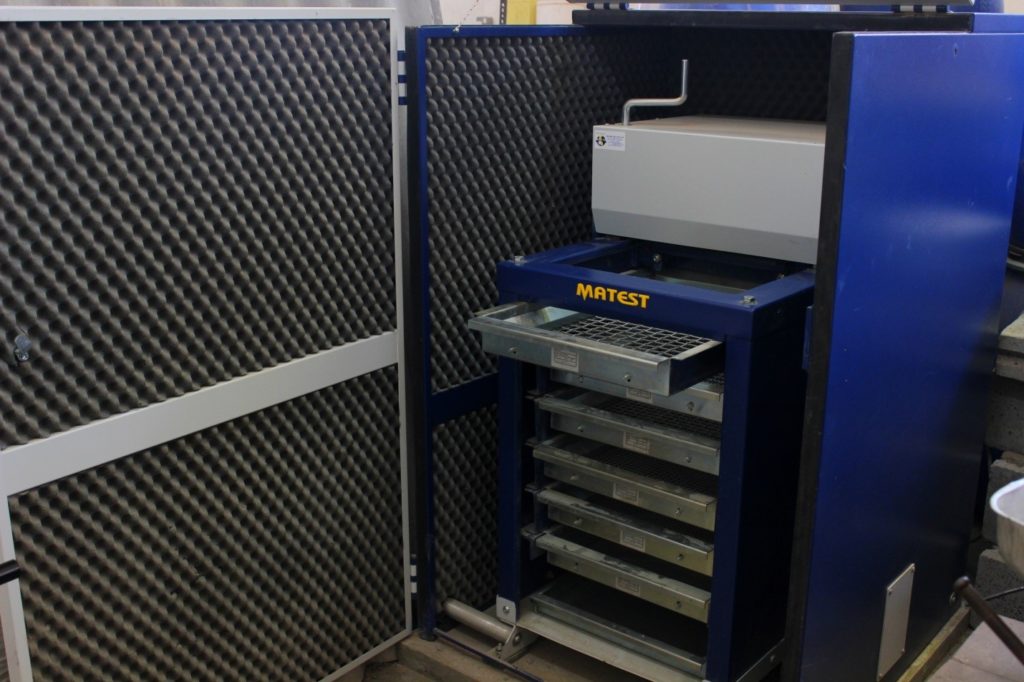


Bolinder Resources has supplied hundreds of thousands of tons in Railroad Ballast since 2009. We have provided ballast on projects including the Draper and Mid-Jordan TRAX and rail lines. Our ballast material is utilized in the maintenance of TRAX and rail lines across Northern Utah.
Our quartzite quarry, located on Stansbury Island, provides the ideal material to be utilized as Railroad Ballast. Situated just a short distance from Salt Lake and just 5 miles north of I-80 makes hauling feasible all over the state.
Our ballast is 100% quarried rock and has consistently met Union Pacific, UTA and AREMA specifications where other local materials have fallen short.
BALLAST SODIUM SOUNDNESS TEST
•The soundness test determines an aggregate’s resistance to disintegration by weathering and, in particular, freeze-thaw cycles. Aggregates that are durable (resistant to weathering) are less likely to degrade in the field and cause premature distress and potentially, failure.
The soundness test repeatedly submerges an aggregate sample in a sodium sulfate or magnesium sulfate solution. This process causes salt crystals to form in the aggregate’s water permeable pores. The formation of these crystals creates internal forces that apply pressure on aggregate pores and tend to break the aggregate. After a specified number of submerging and drying repetitions, the aggregate is sieved to determine the percent loss of material.
The formation of salt crystals mimics the formation of ice crystals in the field and therefore can be used as a surrogate to predict an aggregate’s freeze-thaw performance.
SPECIFIC GRAVITY
- Oven-dry (no water in sample).
- Saturated surface-dry (SSD, water fills the aggregate pores).
- Submerged in water (underwater).
Using these three weights and their relationships, a sample’s apparent specific gravity, bulk specific gravity and bulk SSD specific gravity as well as absorption can be calculated.
ABSORPTION
•The absorption test is a measure of an aggregates tendency to hold water in it’s capillary pores.
•The sample is dried and then submersed in water for 24 hours. The sample is then removed and padded dry to remove all water from the surface while the pores remain filled. The sample is then weighed and measured as a percentage of the dried weight
